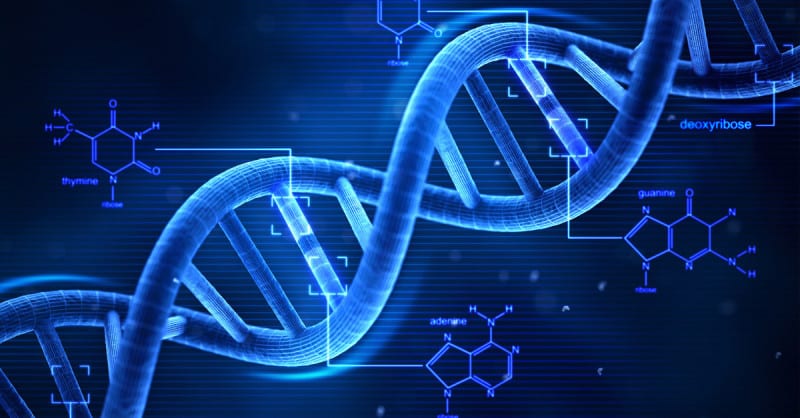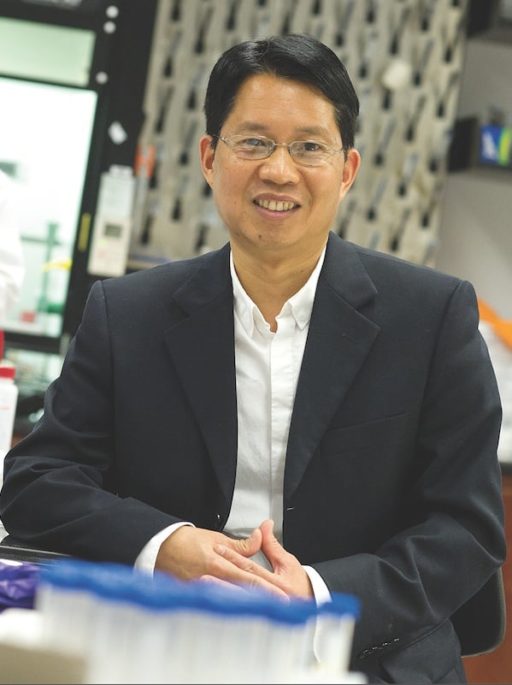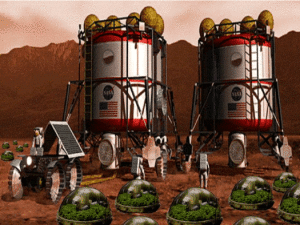Until a decade or so ago, DNA sequencing and the science of reading our DNAs, was an alien concept to most. Now that it is becoming increasingly popular, two biotech experts have undertaken a task to read through a child’s DNA and find out what mysterious disease ails him.
Max Good has been facing a number of medical problems ever since he was born. These ranged from sight issues and seizures early in his age to feeding difficulties later. However, years of exhaustive medical treatments have failed to reveal what ails Max.
After the doctors literally gave up on the case, unable to determine the nature of the disease, his father Paul Good decided to go for DNA testing of his son. Now, Max is lucky in the sense that his uncle Otavio Good is a renowned tech genius of sorts.
So Otavio paired up with Mohammad Rahman, a bioinformatic researcher with extensive experience and deep interest in DNA parsing. The duo had Max and his parents’ exome sequenced through a company called Ambry Genetics. Although they paid $7,000 for this, this is significantly lower than what DNA sequencing used to cost once.
Ambry Genetics returned them a 30GB hard drive filled with Max’s DNA data. Both Otavio and Rahman wanted the data to be in its rawest form so that they themselves can parse through it. Although when a human exome is sequenced, it comprises of some 3 billion base pairs, the data received from Ambry Genetics comprised of this amount pieced down into 130 base pairs long strips. The sequencing tests typically cut down data in this way.
Rahman and Otavio then created a software which finely pieces together these strips of data into a complete sequence. This data was then compared against Max’s parents’ DNA data using the Human Reference Genome. The next step was the critically important and hardest part. The duo needed to identify the unique kind of mutation that was causing medical problems for Max.
There are a number of open-source portals which provide data about genes and proteins, and the possible mutations within them. Kyoto Encyclopedia of Genes and Genomes is supported by the Japanese government and provides comprehensive data about such mutations. Max’s data was matched against the database, ruling out 100 or so rare diseases which were considered likely.
After ruling out several other possibilities, Otavio and Rahman stumbled on a singular mutation. It’s called Carbamoyl Phosphate Synthetase I Deficiency and is very rare, occurring only in 1 out of 800,000 newborns. In the case of Max, this seems a likely culprit because the protein which triggered the production of this enzyme is unnaturally stopped at two-thirds of its growth. This means that the protein folds incorrectly and that can mess up with the normal production of the enzyme.
However, at this stage they are waiting for additional tests to confirm or refute this find. The tests can take quite some time, which is why the duo is stuck at this point.
But this entire case goes on to show that with the availability of open-source DNA data and with the prices of DNA sequencing coming down significantly, it is becoming increasingly possible to look for unique mutations without spending a lot of money. This is certainly an unusual way of diagnosing a disease but it is certainly where the medical world is headed in the future.
In the words of Max’s dad, Paul Good, “This is a bit out there. But this is just information. We’re not subjecting Max to horrible tests that are going to hurt him. For us, we’re letting science run wild to see what we can learn.”
Courtesy: TechCrunch
[ttjad keyword=”apple-tv”]



